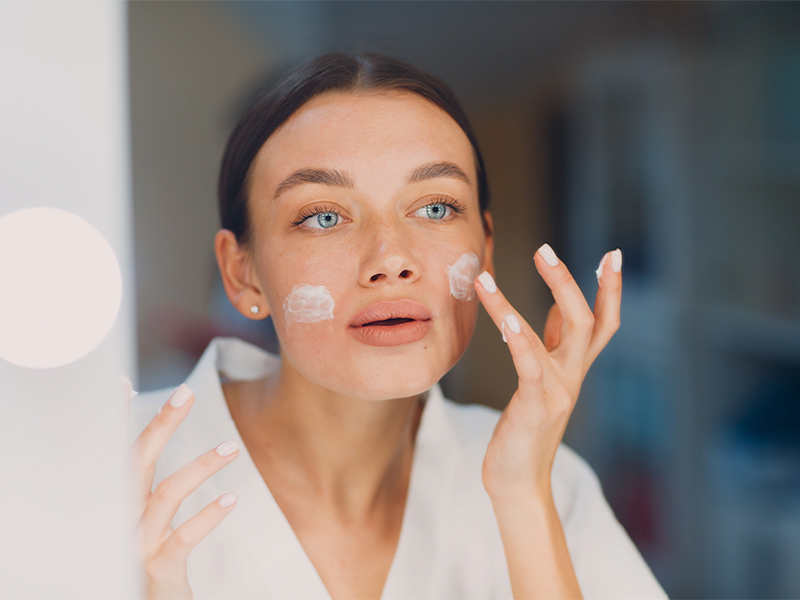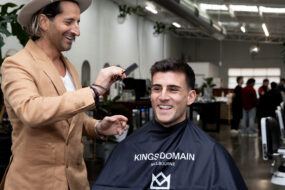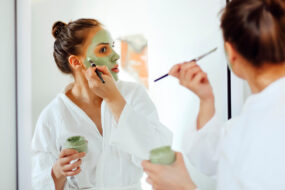How to nail ‘underpainting’ for a diffused make-up look
Underpainting is an unconventional make-up technique going viral on TikTok. Our experts share their top tips on how to master it.
If current beauty trends are anything to go by, natural and diffused make-up is here to stay.
So much so that even those who prefer a heavier base are finally coming over to the dark (or should that be the light?) side.
View this post on Instagram
What is the ‘underpainting’ technique?
Years before it went viral on TikTok, the underpainting method first gained popularity after celebrity make-up artist Scott Barnes started using the technique on his most famous client, Jennifer Lopez.
While it might sound understated, underpainting actually involves just as much make-up as a full glam beauty look – but the fact that it’s applied in a reversed order results in a softer, more diffused finish.
If you want to try the underpainting technique, first prep your skin as usual by using your preferred moisturiser, primer and SPF.
Next, you’ll want to apply your concealer, blush, contour and/or bronzer and highlighter before your foundation rather than after.
“The underpainting technique is a flawless way to apply contour and blush, ensuring the products are seamlessly blended into the skin with a natural finish,” make-up artist Monique Jones says.
“I love underpainting because it creates depth that’s still forgiving as it blends out while giving a coloured-from-within look.
“This is my go-to approach when fresh ‘no make-up, make-up’ skin is the focus.”
View this post on Instagram
- Beauty tutorial: How to achieve Jade Kisnorbo’s eye-catching party look
Is underpainting suitable for all skin types?
According to Monique, the order of make-up application actually has a greater impact on the overall finish and make-up wear than one might think, and it can even influence the colour pay-off and coverage of your look.
For this reason, it’s important to try different application techniques until you find the most flattering version.
“For a flawless finish, try to find natural light so you can see the true level of colour and blend, blend, blend,” Monique says.
Another tip is to use a patting technique with a damp sponge, which ensures a seamless finish when going over the products with your base.
As the underpainting technique is technically still a full-coverage look, it is more forgiving than lighter applications of make-up and is suitable for most skin types.
- New looks to try: 7 runway-inspired make-up trends for 2023
Does it work with all make-up formulations?
Yes, you can underpaint with any make-up but for best results, you should consider the base formulation that you plan to use on top.
Since the majority of foundations and base products are liquid formulations, try using cream or liquid blush, concealer, contour and highlight products in order for the make-up to blend together seamlessly.
View this post on Instagram
There are no set rules to the technique
According to make-up artist and hairstylist Rachelle Facelo, you can combine elements of underpainting with traditional make-up application methods.
“I love underpainting liquid highlighter on the cheekbones prior to applying foundation to create a lit-from-within look, but I personally still like to apply blush and bronzer on top of the base so that I can use a lighter layer of product where needed versus applying a heavier amount underneath, and having to blend it all out again,” Rachelle says.
“I feel you can achieve a lighter, fresher face of make-up this way, with fewer layers of make-up on the skin – which I love!”
- Fringe factor: The 3 hottest hairstyles for women right now
Written by Charlotte Brundrett.




